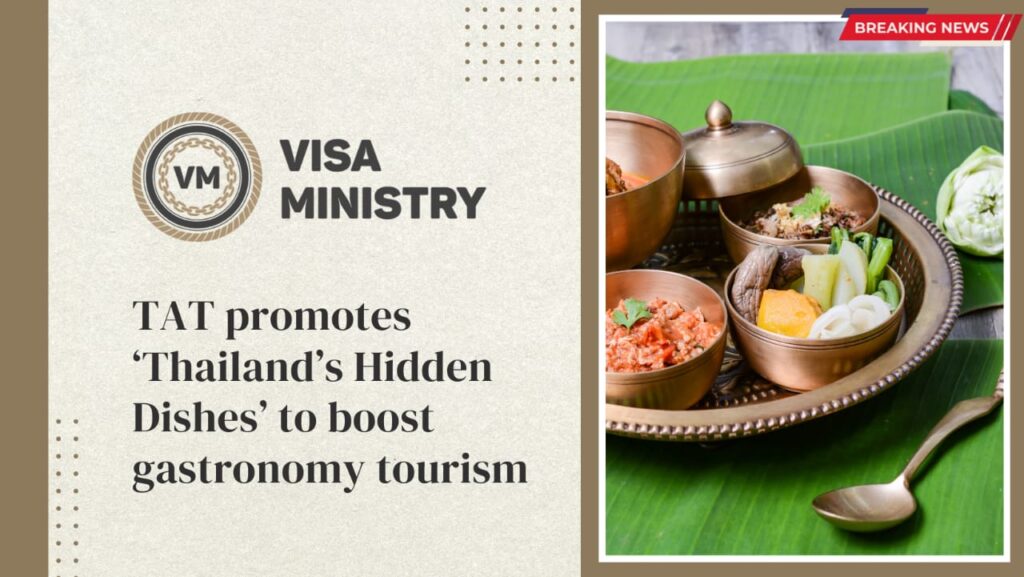The eagerly awaited annual Top Lists highlight the best-performing MICE hotels and popular meeting locations for the first time since the epidemic. FRANKFURT, Germany and LONDON – The Top Meeting Destinations and Top Meeting Hotels for Europe were revealed today by Cvent, a market-leading provider of technology for meetings, events, and the hospitality sector. Based on sourcing activities through the Cvent Supplier Network, one of the biggest venue-sourcing platforms in the world, these lists, which also contain regional rankings for North America, Asia Pacific, and the Middle East & Africa. Since the COVID epidemic upended the meetings and events sector in early 2020, Cvent has not before issued the yearly lists. According to Graham Pope, vice president of international sales at Cvent, “The crucial role the meetings and events industry plays in bolstering local economies across the globe was never more apparent than when that business disappeared overnight during the pandemic.” “Fortunately, thanks to the pent-up demand for in-person experiences, destinations and hotels alike have dramatically recovered from epidemic lows. “These Top Lists recognise hotels and locations that have adopted technology to engage planners and improve their sales and marketing initiatives, while demonstrating a real drive to innovate and extend their meetings and events offerings to better attract MICE business from across the world. After a long hiatus of four years, we’re thrilled to share these insights once more and offer a tool that event planners can use to locate excellent hotels and locations as well as industry professionals wanting to differentiate themselves and boost MICE income. Top Meeting Locations on Cvent Convention and visitors bureaus worked assiduously to advertise their towns and hotels and resuscitate the sector as rapidly as possible as pandemic restrictions lifted and travel resumed, and those efforts are beginning to bear fruit. For instance, London maintained its top spot from 2019 and has more than 400 hotels planned, with 17 opening just in 2022. In addition to becoming the first Biosphere Platinum Destination, Barcelona (ranked #2) opened eight hotels during the research period. Paris (ranked #3), which is preparing for the 2024 Olympic and Paralympic Games, is expanding its tourism infrastructure significantly throughout the entire city. The only brand-new entry in the Top 10 is Lisbon, Portugal. Top 10 European locations for meetings 1 London, UK 2 Barcelona, Spain 3 Paris, France 4 Madrid, Spain 5 Lisbon, Portugal 6 Berlin, Germany 7 Amsterdam, Netherlands 8 Rome, Italy 9 Frankfurt, Germany 10 Munich, Germany According to Fiona Plumpton, Head of London Convention Bureau Services, “We are truly excited to be the number one Cvent Top Meeting Destination, confirming once again that London is a global leader in the meetings and events sector.” “When organising a conference or function, London provides unmatched options because it is a varied and welcoming city. In terms of innovation and technology, London is a world leader. By utilising technology, such as the Cvent platform, we are able to directly connect event planners with London and swiftly answer on behalf of both our team and those of our partner hotels and venues, which helps us stay one step ahead of the competition. Hotels Cvent Top Meeting In order to improve and renovate their buildings in order to get them ready for the post-pandemic tourist boom, several hoteliers took advantage of the downtime in 2020 and 2021. Corinthia Lisbon, Hilton Vienna Park, InterContinental Athenaeum Athens, and Four Seasons Hotel Ritz Lisbon, all newcomers to the Top 10, have all announced major upgrades recently. Top 10 Meeting Hotels in Europe 1 W Barcelona 2 Madrid Marriott Auditorium Hotel & Conference 3 Hyatt Regency Paris Étoile 4 Meliá Castilla 5 Hilton Prague 6 Hotel Arts Barcelona 7 Corinthia Lisbon 8 Hilton Vienna Park 9 InterContinental Athenaeum Athens 10 Four Seasons Hotel Ritz Lisbon “Our team’s devotion to provide top-notch service has been honoured as one of the Top 10 Cvent Meeting Hotels in Europe. Our staff is now even better equipped to perform what we do best—making moments—thanks to our recent comprehensive makeover, which will be finished in 2022, according to Hilton Hotels Austria Area General Manager Norbert Lessing. Platforms like Cvent enable us to make data-driven decisions while streamlining event preparation. We at Hilton Vienna Park embrace technology, and we have introduced the ability to book small meetings up to 35 people online, providing quick event confirmations to planners. Source: traveldailynews









